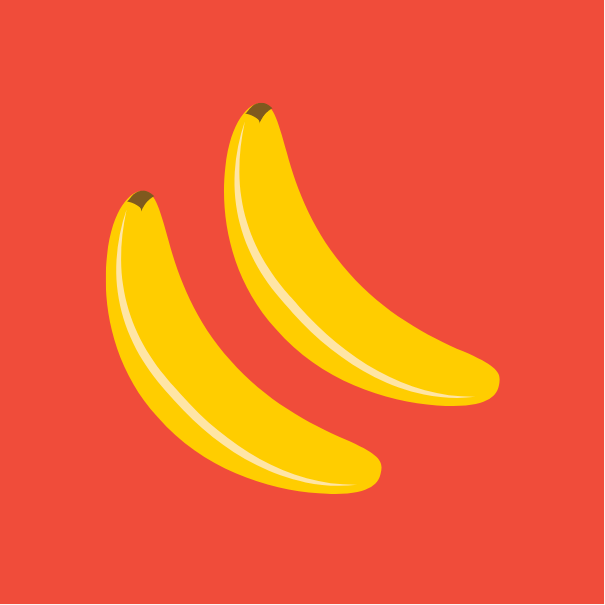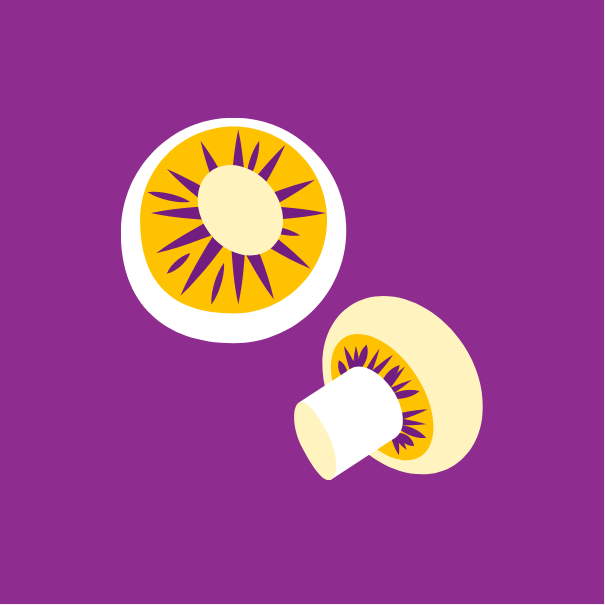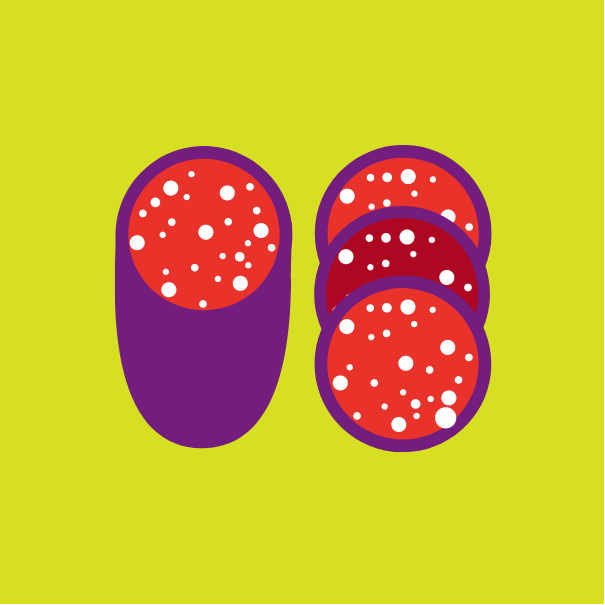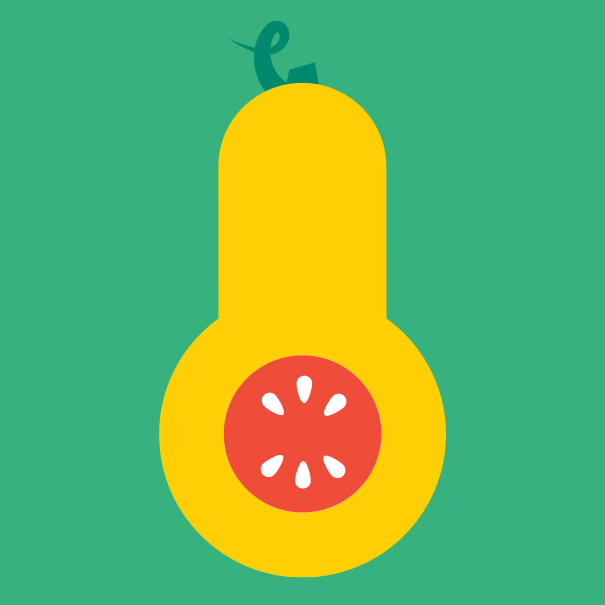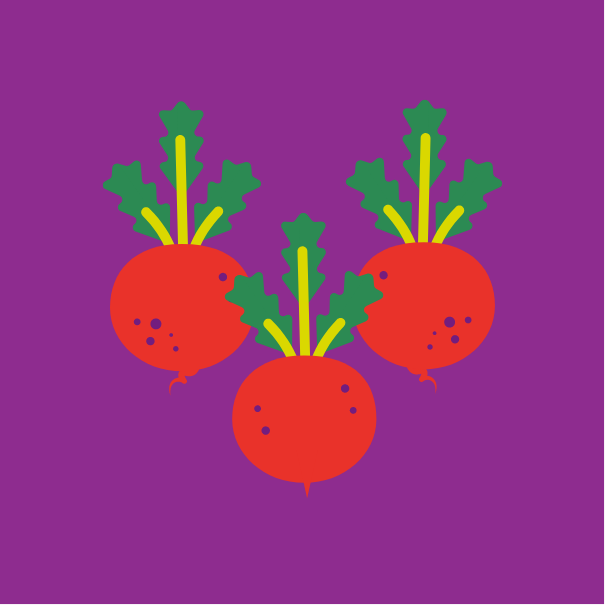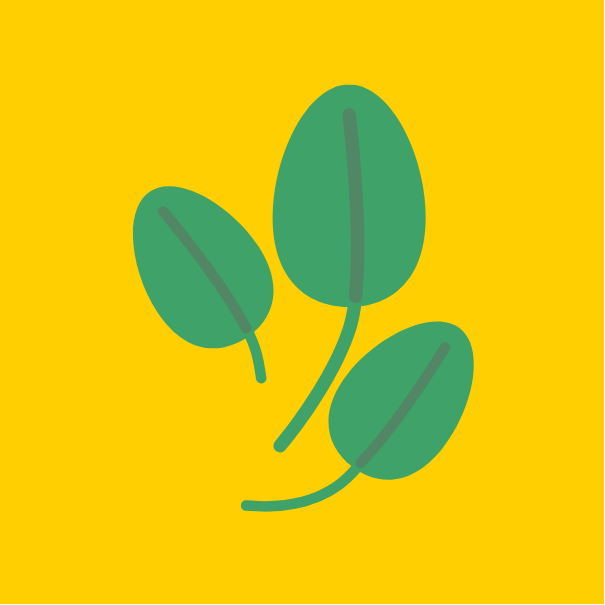by Andy Gricevich, Newsletter Writer
 Bees, wasps, moths, butterflies, hummingbirds, even mosquitoes—all of these animals play a crucial role in the health of our ecosystems and our food supply. In order to flower, bear fruit, and make seeds for reproduction, around 75% of the world’s flowering plants depend on pollinators who, in feeding on the nectar of flowers, transport pollen from the male part of one plant to the female part of another. Without this relationship, we’d be without countless native plants and the vast majority of the vegetables we eat. The food system we’d be left with would need to depend even more heavily on corn and wheat—both of which are pollinated by wind—and we’d lose nuts and fruits entirely. There would definitely be increased starvation, and the nutritional diversity of our diets would be drastically reduced.
Bees, wasps, moths, butterflies, hummingbirds, even mosquitoes—all of these animals play a crucial role in the health of our ecosystems and our food supply. In order to flower, bear fruit, and make seeds for reproduction, around 75% of the world’s flowering plants depend on pollinators who, in feeding on the nectar of flowers, transport pollen from the male part of one plant to the female part of another. Without this relationship, we’d be without countless native plants and the vast majority of the vegetables we eat. The food system we’d be left with would need to depend even more heavily on corn and wheat—both of which are pollinated by wind—and we’d lose nuts and fruits entirely. There would definitely be increased starvation, and the nutritional diversity of our diets would be drastically reduced.
Pollinator populations have been on the decline for some time now, including here in Wisconsin. Recognizing the seriousness of this matter, governments, organizations, and individuals across the globe have been working on a wide variety of ways to alleviate and reverse decline, avoiding extinction for threatened species and encouraging the health and diversity of all pollinators. It’s in order to highlight the problems and turn the spotlight on efforts to address them that this month we celebrate National Pollinator week, observed from June 17-23.
HABITAT IS KEY
As part of the research for this article, I sat down with Ben Becker (whose feature articles for the Co-op Reader you’ve likely read) to talk about all things pollinator. Though multiple contributions to pollinator loss have been discussed—pesticides, extreme weather, pollution, and disease—Becker says the number one issue is clearly loss of habitat. Pollinators are adapted to thrive in landscapes with a diverse and healthy population of native, flowering plants. Some, like the familiar honeybee, keep to a fairly limited area, whereas the endangered monarch butterfly migrates over vast global distances each year, and needs a relatively continuous corridor offering the flowers it depends on.
Agriculture and suburban development, as things now stand, drastically reduce the diversity of plant species. We see lawns with nothing but turf grass, and farms making sure nothing but corn and soy can grow. None of these plants have relationships with pollinators, which means there are vast total acreages of urban, suburban, and rural land where they have nothing to eat and no place to be. It’s no wonder populations are dwindling. To save them, they definitely need a greater quantity of food—but there’s more to it than that. As Becker points out, diversity is critical for both the plants and the animals. A wide range of flowering plant species attracts a wide range of animal species, which in turn aid the health of the plant communities through their pollinating activity. Also, since different plants flower at different times, a diverse community ensures pollinator food sources over the course of the season.
DIVERSITY ON THE FARM
Diversification of agricultural spaces takes many forms. Most small organic farms in our local foodshed grow a wide variety of edible plants, friendly to pollinators who can feed there while increasing crop yield. In fact, an increasing number of farmers have been bringing in native bumblebees to help pollinate vegetable crops. Some of these farms also set aside strips of prairie or woodland edges to be spared from cultivation. Perennial plants in such spaces, with their deep roots, do a lot to help erosion at the margins of farmland, keeping water on the land. Since they can grow back from the same roots indefinitely, year after year, they can provide a “bank” of pollinator habitat for the future.
There’s also been a growing movement around restorative grazing. Moving animals from one spot to another regularly, at a rate that makes sense given the rhythms of plant growth on a given piece of land, at a particular phase of the season, has been shown to encourage the growth of diverse native grasslands, often very quickly. Rotational grazers have seen the return of countless bird and insect species to acreage in which they were absent before they started using these methods. The resulting environment makes for better, healthier food for grazing animals, for pollinators of all kinds, and, ultimately, for humans.
There’s been an explosion of collaborations and “think tanks” in which academics and farmers work together to nudge agriculture toward a grassland-based model. Becker points to Grassland 2.0, a wide-ranging, multifaceted project based out of UW–Madison—and especially to the work of Claudio Gratton, an entomologist focusing on the lives of various pollinating insects in different agricultural situations. Gratton and others work on quantitative and qualitative modeling to demonstrate the relationships of all ranges of plants, animals, soil, and water systems on as many sites—with the maximum range of management techniques—as possible. There are plenty of resources, and many rabbit holes to go down, at grasslandag.org.
BEES
Then there’s the matter of honeybees, perhaps the first pollinator many people think of when they hear the term. As Becker says, honeybees turn out to be a strange primary mascot. They’re a non-native, European import, with fewer close links to native North American plants than many other bees. There are more than 200 native bee species in Wisconsin, including the critically endangered and adorable Rusty-Patched Bumble Bee, nominated by Democratic Assembly members to become the state’s official insect. Bumble bees, incidentally, are some of the earliest pollinators to become active in our region, and have a versatile relation to the first waves of spring flowers.
Beekeeping is a significant and beloved industry in Wisconsin. Honey (especially raw honey) is a food with amazing characteristics—but it’s not always easy to keep harvesting and supplying it. Most commercial-scale beekeepers face a number of challenges to the well-being of their hives. To help, Wisconsin DATCP (Department of Agriculture, Trade, and Consumer Protection) has published the Wisconsin Pollinator Protection Program (a vast document covering a very wide range of pollinator-related issues). Among many other things, it makes recommendations for sustainable disease treatment in beehives, and provides researched advice on successfully getting a hive through the winter, rather than having new colonies shipped from the West each year. The latter approach has economic advantages, but—as Becker points out—it may make for bees less well-adapted to our region, and increase the likelihood of inadequate immune systems and disease outbreaks.
Smaller operations and urban beekeepers tend to highly value the deep connection between the bees and their local terroir. Becker, who has some years of experience making honey in the yards of various friends and neighbors, talks about the radically different flavors of honey from one site and time to another. It is truly astonishing how distinct a honey drawn from bees feeding on goldenrod is from that sourced from a spot rich in basswood trees, or a thyme garden! They’re entirely different foods, though they share many of the same benefits. In any case, supporting regional honey production is the “gateway” for a lot of people into awareness about pollinator health in general.
NEW PRAIRIES
Southern Wisconsin boasts countless organizations, from volunteer groups to government projects to private consulting business, whose work focuses on restoring, planting and maintaining native prairies and oak savannas (ecosystems with scattered trees that allow plenty of light to penetrate to the ground, making for an abundance of native plants in the understory). These range from the Department of Natural Resources’ consulting and funding efforts to help landowners in the Driftless Area establish pollinator habitat, to Dane County Parks and the Ice Age Trail Alliances’ many work days removing non-native species, conducting controlled burns and seeding natives, to the services offered by companies like Good Oak, which tailor their work to the needs of a specific space, public or private.
Healthy prairie and grassland areas tend to be diverse and densely “stacked,” meaning there might be an upper level of tall grasses and towering prairie plants, with other upright plants below that, followed by a carpet of ground-covering forbs at the soil level. This all makes for rich pollinator environment with offerings spread out in all directions in space, and across time. Hence the appeal in places like Madison of establishing similar spaces throughout the city.
IN TOWN
The City itself is part of the Bee City USA program. The City Engineering Department tries to increase pollinator health and resilience by discouraging domestic herbicide use. It also plants native species in greenways and around ponds, and tries to time mowings to avoid phases of high flowering. Madison also supports No- (or Low-) Mow May, encouraging those of us with yards to take steps to let more flowers grow at the first time of peak bloom. The City observes Low-Mow May in its work in our parks as well.
Volunteer organizations in various neighborhoods of the city have established and maintained patches of prairie along our bike paths. Schools and libraries plant native plant gardens and rain gardens, often alongside student-planted vegetable and herb gardens. Individuals and families with yards are also doing a lot to offer pollinators food and habitat around their homes.
In some yards, people undertake the project of establishing diverse patches of native prairie, selecting species to mimic, as closely as they can, the composition of our local prairie remnants. Others might focus on one species, growing a substantial milkweed patch for the caterpillars of the monarch butterfly. One might also plant a fruit tree or two, offering spring blossoms for bees and other animals (some of these strategies are addressed in the March Co-op Reader article “Rewild Your Lawn”).
Even the simplest steps can help! Any gardening already introduces flowering plants to your yard. It’s even better if you have a space to plant some native flowers—whether in the garden, in pots, or in a corner of the property. Simply setting aside a strip at the back of the yard to be mowed less often increases pollinator habitat as well. At its most basic, though, anything but a low-cut lawn of pure turf grass will already provide just a little bit of habitat for pollinators.
This is a situation in which our small-scale efforts really do make a direct impact! Cities can be challenging places for pollinators, who can’t do much with concrete and blacktop, and who might have a hard time finding friendly plant species amidst what’s been intentionally planted and what’s grown semi-randomly in neglected spaces. Since these animals are at least somewhat mobile, even an archipelago of small, pollinator-friendly islands, not too far from one another, gives them the chance to travel throughout an area and find food. Of course, greater diversity and density of flowering plants offers more, but it’s easy for anyone to make some contribution. It’s also a pleasure to see the results—to look out at an array of colors and see butterflies, bumble bees and hummingbirds, as well as countless non-pollinating birds and other critters who feast on the flowers, or (like fireflies) derive shelter from clusters of taller plants. A few flowering plants make lives better for all kinds of animals, including us!
PLACES TO CROSS-POLLINATE, FLOWERS TO COME
There are countless resources available to help individuals promote pollinator habitat and health, including lists of good plants and plant pairings to choose for your site. There are also many workshops and demonstrations offered by all manner of pro-pollinator groups, and events at which you can find rows of tables where different organizations offer information on an array of topics that connect with pollinator issues in one way or another. Though it’s not narrowly pollinator-focused, many connected matters will surely come up during the demonstrations and talks at the Do-It-Yourself Homesteading Fair, coming right up on Friday, June 7th. Hosted by the Lakeview branch of the Public Library and presented by Willy Street Co-op, the Fair will be a place to learn about everything from gardening and foraging to fishing, bike repair, and raising rabbits.
Pollinator losses, if allowed to go unchecked, will have serious consequences. There’s so much that can be done, though, at all levels, to help address it. Let’s start by swiftly reforming the U.S. Big Agricultural system. Once that’s out of the way—or, sure—right now—we can get on to the fun stuff, planting flowers, seeding prairies, hanging out by the bike path with our neighbors, and inspiring others to do some of these things by the beautiful results of our work. May communities blossom, food grow abundantly, and color cover the landscape as we welcome the pollinating animals so important to all the lives around them.
RESOURCES TO LEARN MORE
Wisconsin Pollinator Protection Program: www.datcp.wi.gov/Pages/Programs_Services/PollinatorProtection.aspx
Dane County Parks Invasive Tree & Brush Removal: www.danecountyparks.com/Volunteer/Invasive-Tree-and-Brush-Removal

